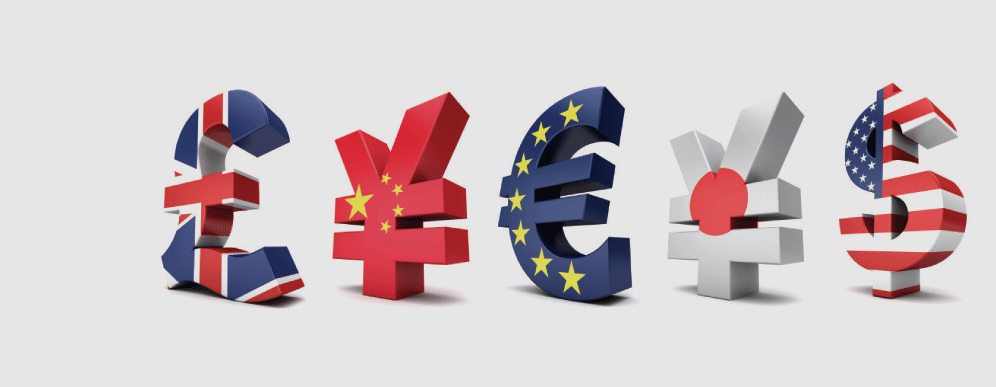
Sterling is on the march – the pound has jumped to 1.36 against the dollar, its highest level since the Brexit referendum, rallying as much as one percent in less than one day. The surge comes on the back of reports that Spanish and Dutch finance ministers were busy ironing out a deal that would allow the UK to retain access to the EU’s Single Market. Conversely, the dollar faltered amid ongoing concerns over US inflation and fears that the amended version of the Trump tax cuts passed by Congress will raise US debt levels.
The growing prospect of a soft Brexit, coupled with fears of a large selloff in bond markets as central banks look to trim their balance sheets this year for the first time since the financial crisis, has sent the 5 year swap rate soaring over 10 bps since the start of January to almost 1.11%, while the 10 year rate climbed 12 bps to 1.34%.
So, what does this mean for borrowers looking to hedge?
As I write, the cost of securing a fixed rate £10m loan over a ten-year period has actually increased by £115,000 since the start of the year! It is important to remember that swap rates fluctuate continuously and are likely to react to market news before the Bank of England is able to (by raising or lowering the base rate).
What does this mean for importers/exporters?
You would need to spend £160k less to import $10m worth of US goods today than if you had made the purchase at the turn of the year.
In the current economic climate, the potential for future rising interest rates could have a significant impact on your business. You can keep track of key market rates by subscribing to our FREE market rate sheet. Updated daily, this concise summary covers swap rates (i.e. fixed rates for loans), FX rates and more. Visit our website for more details.